The Witches, Jim Henson, and How It Shaped My Trauma.
- Sapna Moti Bhavnani

- May 12
- 6 min read
by Sapna Moti Bhavnani

Raising a godchild who just turned five has me revisiting my childhood in the most gruesome way. Growing up in Bombay, I don't recall being surrounded by witches and warlocks or the cliche of cloaked figures or broomsticks. What I remember instead were the adventures of the Famous Five, the Secret Seven, and the strangely seductive pull of The Magic Faraway Tree and The Enchanted Wood. Enid Blyton, not Bram Stoker, shaped the early part of my imagination.
It wasn’t until my teens that the veil thinned. My nani, my mother, and I would sit around in her bandra flat and call spirits in the afternoon with the curtains closed; not sure why the curtains had to be closed or why day but in my head I figured it was to confuse the spirits that it was night or only good spirits lingered in the day, either or, it was casual — like tea. We'd ask about trivial things: happiness, money, love and it's then I think I learnt the co-dependency between the 3. That ritual taught me how tightly those questions cling to each other — how impossible it was to summon one without the others answering.
That’s when I first learned that horror isn’t always about blood or monsters. Sometimes, it’s about need. Need opens portals.
So when I encountered The Witches — both Dahl’s book and the 1990 film — it wasn’t nostalgia that gripped me. It was recognition. The coded femininity. The secrets. The transformations. The grotesque hidden beneath the glamour. And the very real truth that power, especially female power, always comes with a price.
Before CGI turned monsters into pixels, horror was built with hands — sculpted in silicone, stretched in rubber, and worn like a second skin. In The Witches (1990), that legacy reached a grotesque kind of perfection. It was a film that asked its lead actress to peel off her own face and trusted the camera not to flinch. A film where glamour and deformity weren’t opposites — they were layered. And underneath it all was latex. Hand-poured, time-consuming, back-breaking latex.
But before it became a cult film, The Witches was already polarizing as a book. Published in 1983, Roald Dahl’s novel sparked backlash almost immediately. In its opening pages, Dahl wrote that “all witches are women,” a line that ignited accusations of sexism and led several libraries in England to ban the book for encouraging boys to distrust women. But the outrage dodged a deeper cultural question: when have we ever seen male witches? Wizards, sure — cloaked, wise, white-bearded, and almost often also white. But female power in folklore is almost always punished. It’s made grotesque, bald, clawed, hunched. The Grand High Witch is the cinematic climax of that discomfort — terrifying not just because she wants to kill children, but because her power refuses to be hidden.
left- Anjelica Huston in The Witches (1990 ) right - Gandalf (Ian McKellen) in The Hobbit: An Unexpected Adventure (2012).
At the heart of the 1990 film is Anjelica Huston’s volcanic portrayal of that very witch. Director Nicolas Roeg wanted her to exude both power and seduction — even in her most hideous form. Huston was submerged in prosthetics: a full facial mask, a bone-spiked collarbone, animatronic claws, and a monstrous hunchback. Her daily transformation took six to seven hours in the chair and another five to remove — an ordeal she described as physically and mentally draining. Between takes, she would collapse from the weight of the materials, sometimes refusing food and drink just to avoid bathroom breaks in costume.
But the result? Pure cinema. Her transformation sequence — slow, deliberate, and sickeningly tactile — remains a masterclass in practical horror. Her human mask doesn’t dissolve; it peels. The witch underneath doesn’t erupt — she emerges. It is theatre, it is violence, and it is entirely real.
"The makeup on The Witches was tough.
It was about six to seven hours of makeup
and it took about five to take it off.
It was a hard hard makeup,
but mercifully I wasn't in it for the whole movie,
only for about two or three weeks.
But they were arduous weeks
and I had fake hands.
The tips of my fingers acted as the knuckles
and they took at least an hour to take off,
so it was a bit problematic going to the bathroom."
But we can’t speak of Anjelica and not about the man behind it all, Jim Henson.
Not the Muppet guy. Not the friendly genius behind Sesame Street. Because I didn’t grow up with that version of him, The Henson I met came much later — through witches, not puppets. Through rubber, not felt. Through bodies that didn’t blink, didn’t flinch, and didn’t care if you were ready.
Jim was the mad visionary behind the Creature Shop — he believed monsters had souls — and that soul had to be built. The team pioneered a hybrid of puppetry, animatronics, prosthetics, and performance that redefined what characters could be, long before CGI became the industry crutch. Known for The Dark Crystal, Labyrinth, and Teenage Mutant Ninja Turtles, the Creature Shop elevated fantasy by grounding it in flesh. Nothing was surface; everything moved with intention. Every wrinkle, every twitch, every breath was manually controlled — crafted by artists who understood the body as sculpture.
For The Witches, they created not just Huston’s grotesque transformation, but also a fully articulated rodent cast — mouse puppets of varying scales designed to mimic human gestures with uncanny precision. These weren’t just props. These were performers made of rubber and wire, operating under the belief that fear lives in the details.
It’s also wild to think that in 1990, just as the year this grotesque little masterpiece slithered into cinemas, both Jim Henson and Roald Dahl died — Henson on May 16, 1990, of a severe case of streptococcal pneumonia. He was just 53. He never lived to see how his work would traumatize and inspire a generation.
Dahl, died a few months later, in November 1990, after battling a rare blood cancer. He despised the film’s altered, more optimistic ending — where the boy is turned back from a mouse into a child. He called the ending a “disgrace.” He never lived to see how the movie outlived that compromise.
Two men obsessed with childhood, imagination, and danger, gone in the same year. One wrote nightmares for children. The other built them. But I think maybe it was Henson’s way of saying goodbye — not to Dahl, but to children. To the idea that horror could still carry mercy.
The Witches didn’t just traumatize a generation — it taught us what the human face could hold, and what it could hide. It taught you what horror can do when everyone involved stops playing safe. I mean you’ve got Huston, operating under 10 kilos of prosthetics, giving a performance so precise it stings. You’ve got a children’s book that never dumbs anything down. You’ve got a creature team that didn’t ask how cheap or easy — they asked how true. Every inch of this film was carved, stitched, painted, or collapsed under.
Watching that film again today feels like touching something that's gone extinct.
After 27 years of working in hair and beauty, The Witches didn’t just entertain me — it changed my course. After decades of watching women — and now men — peel off their beauty masks in search of perfection, it’s oddly refreshing to watch someone peel off theirs to become Realer. It inspired me to train in prosthetics. What drew me most was the ability to recreate my scars and heal with them. To give the monsters in my head a face they could live in, freely, without judgement. Because monsters — real monsters, not the kind that just scare us — need empathy too.
The Grand High Witch wasn't just a symbol. She became a process. A performance. A prosthetic rebellion.
⚠️ WARNING - THESE IMAGES ARE NOT REAL - THEY ARE RECREATED USING PROSTHETICS !
L- Original Would R- Recreated
from creating my childhood suicide attempt to a scar on my chin which i got at when i was just one to a recent 3rd degree burn, I thoroughly enjoyed the process.
As much as I hate the moral of the story type summations I feel compelled to be profound here. I mean one minute you're fixing a wig; next thing you know, you're crying over a witch’s face melting off in 35mm.
So what do we learn from it all?
Horror doesn’t need blood to be brutal. It can be rubber.
It can be silence.
It can be a child’s voice saying, “I knew it.”
It’s writing that dares to tell children the truth — that monsters wear heels, that masks fall off, and that power doesn’t always come pretty.
Horror isn’t always about
What we hide but What we hold.
And that some stories, no matter how grotesque, are meant to be worn. Like mine.
stills from the film The Witches (1990)
ps- The 2020 remake? A glossy, CGI-heavy misfire that sanded down the grotesque, muted the menace, and left no trace of the tactile terror that made the original unforgettable. Best left unmentioned — and unwatched.
Author’s Note: This article is a personal reflection on The Witches (1990) and the magic of handmade horror. Any resemblance to actual hauntings — past or present — is entirely intentional.
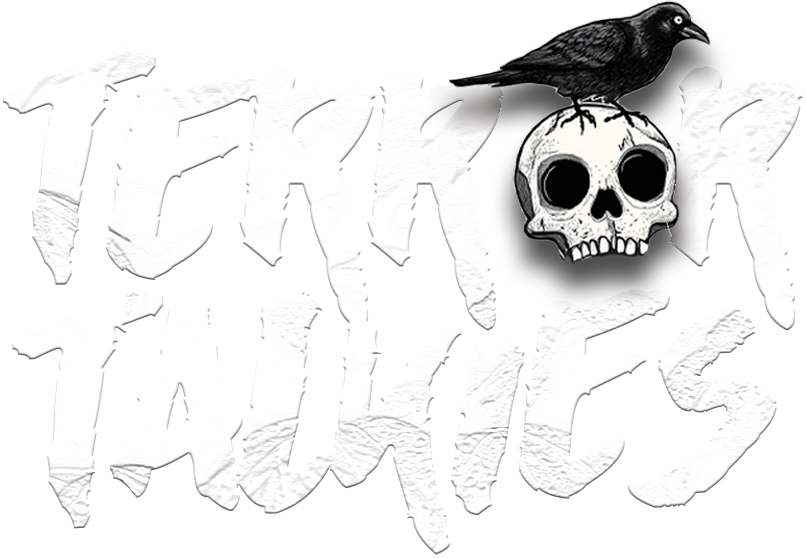








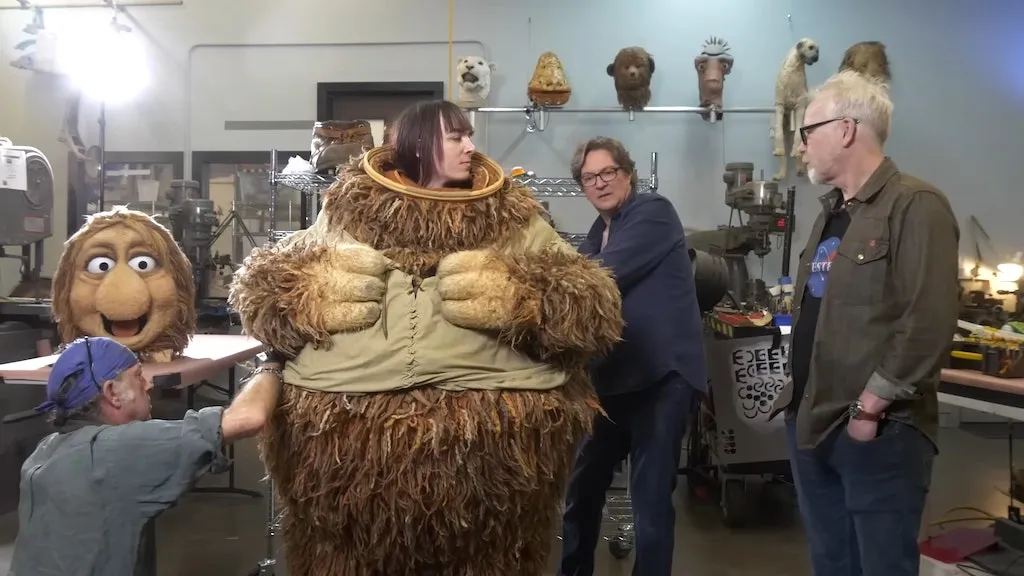
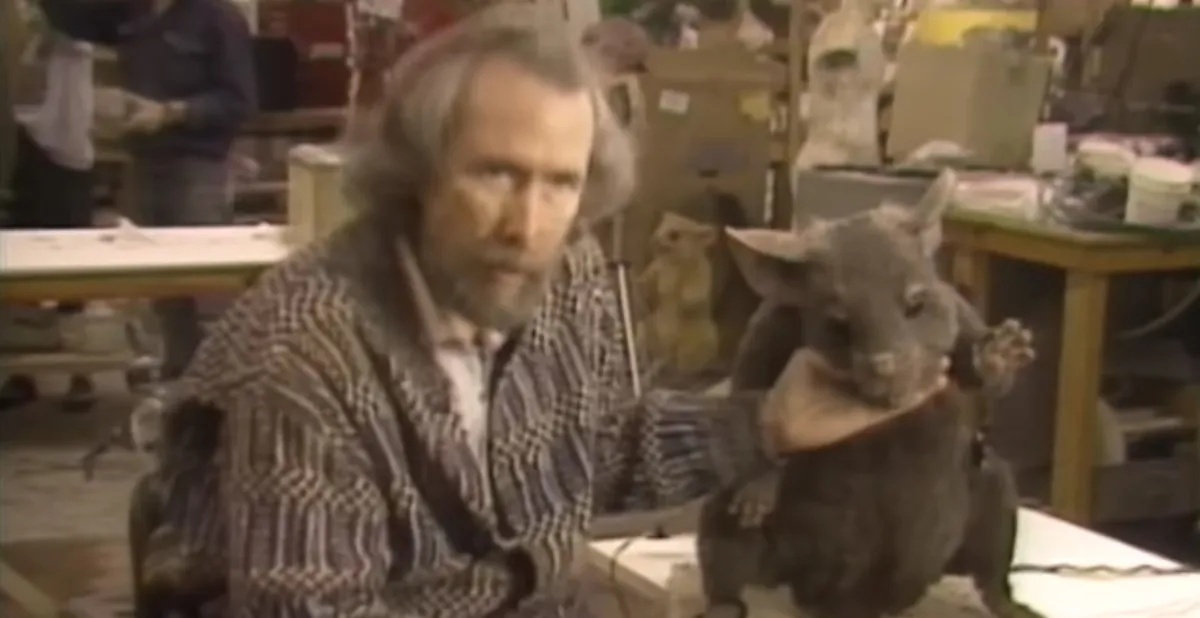


















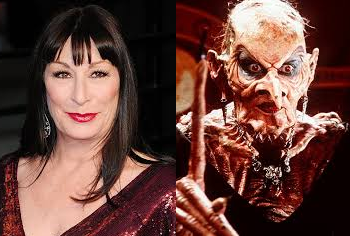



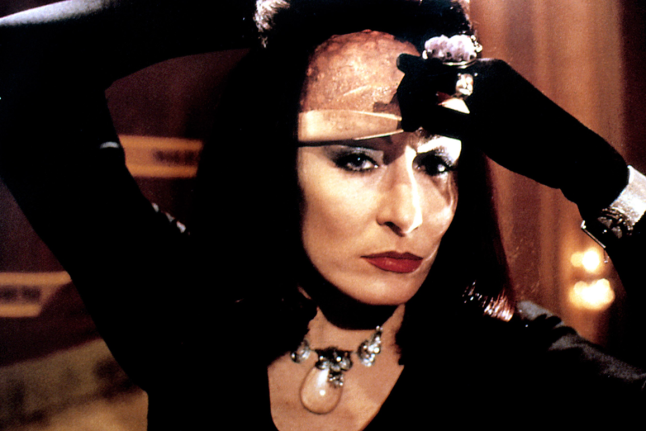


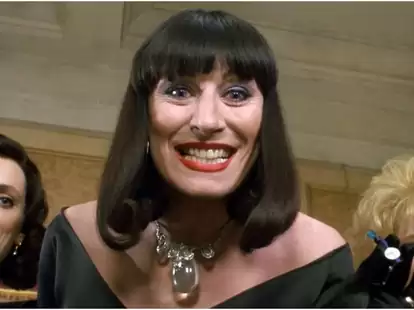






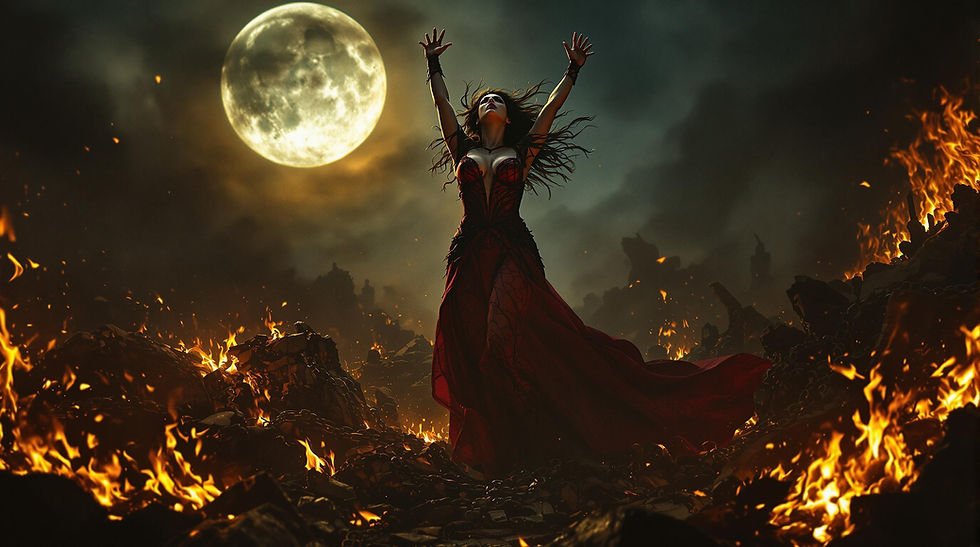
Comments